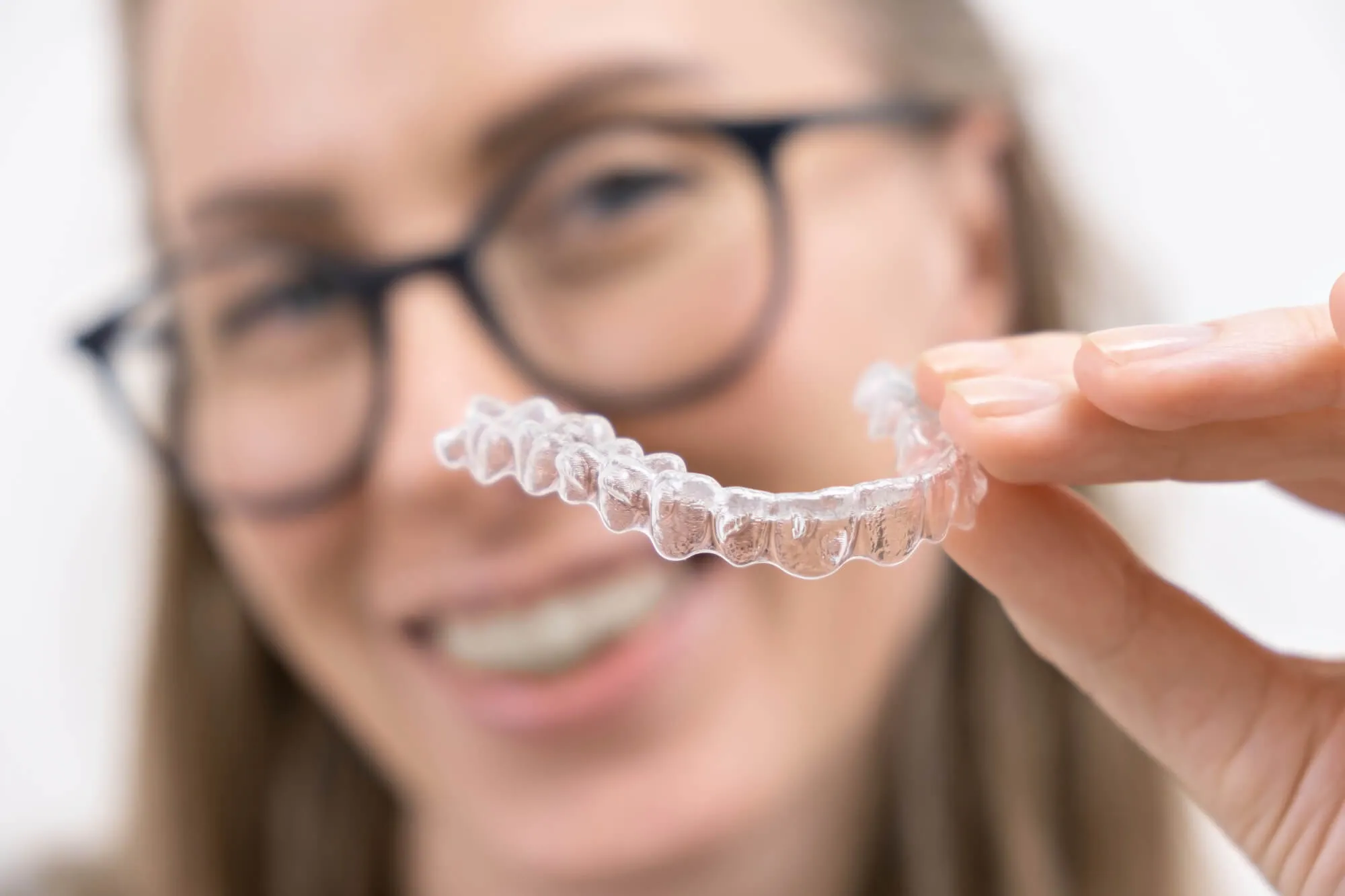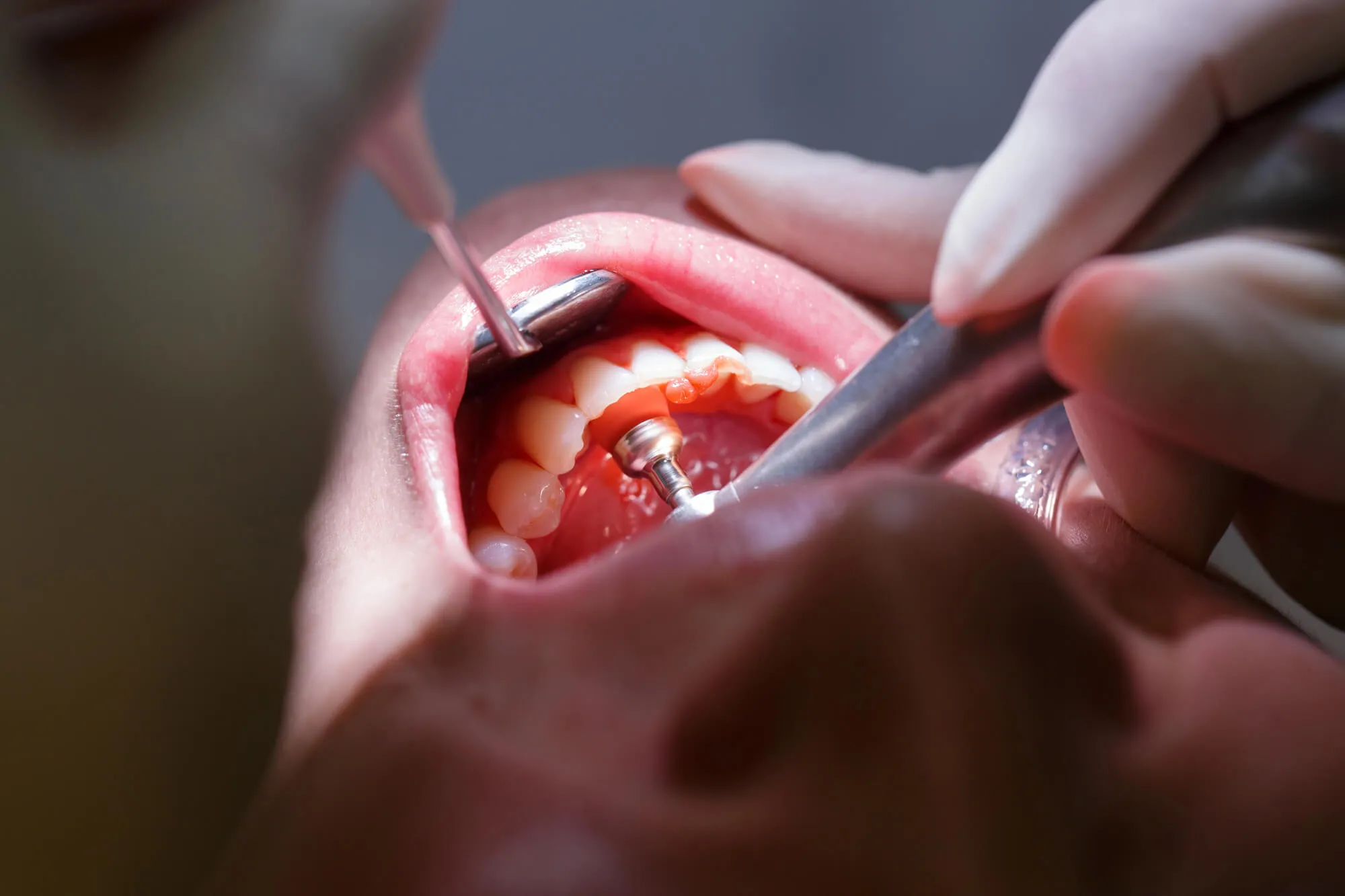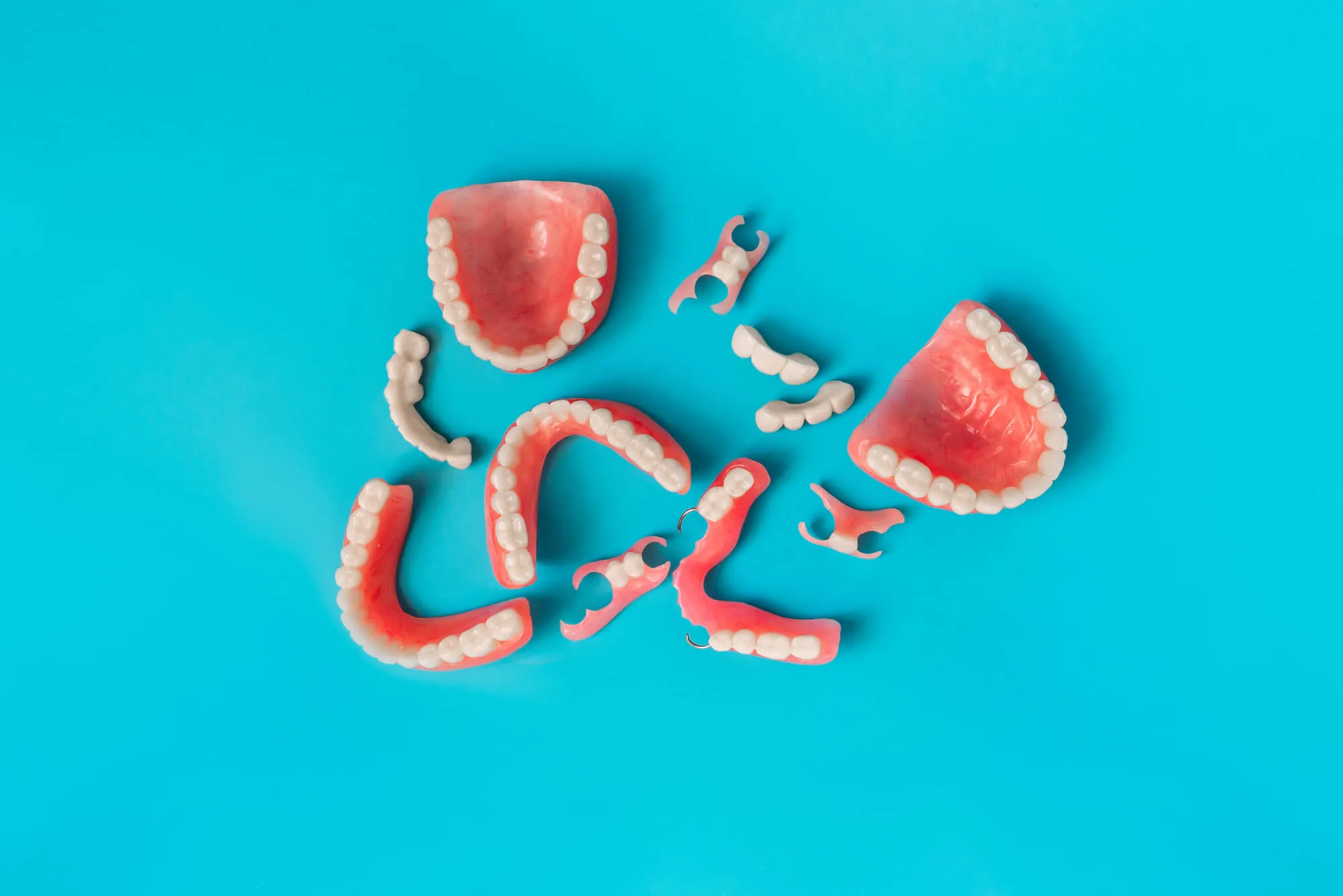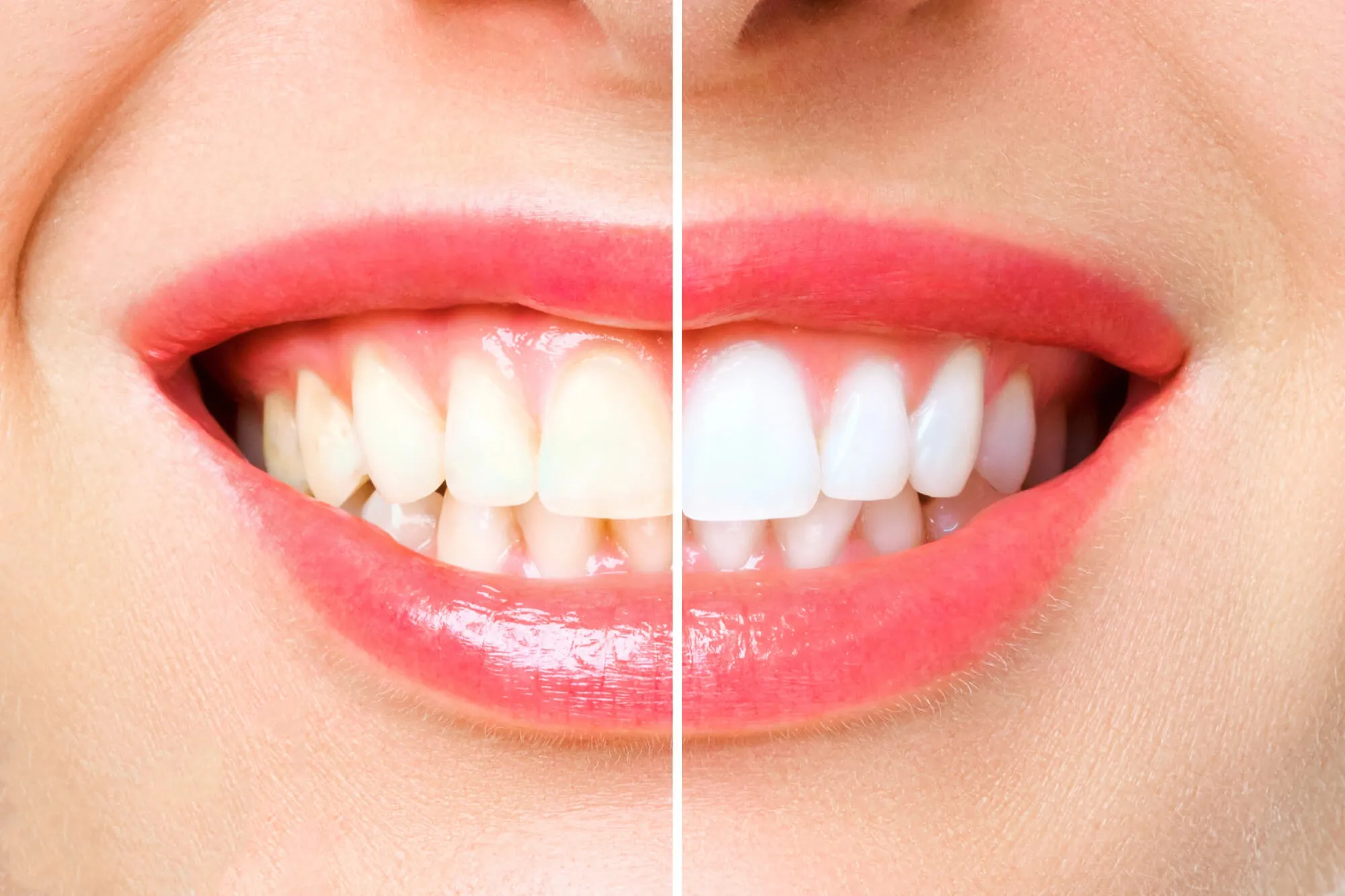Bone Regeneration: A Key to Successful Dental Implants

Dental implants are a cut above the rest when restoring your smile because they offer a permanent and natural-looking solution for missing teeth. However, the success of dental implants heavily depends on the health and density of the jawbone. This is where bone regeneration comes into play, playing a crucial role in ensuring the stability and longevity of implants.
Let’s discover the significance of bone regeneration in dental implants, explore various techniques, and understand why consulting a qualified dentist in Wilton Manors, FL, is essential for optimal outcomes.

The Importance of Bone Regeneration in Dental Implants
Bone regeneration is critical for providing the necessary support for dental implants. When a tooth is lost, the surrounding bone begins to deteriorate due to lack of stimulation.
This bone loss can compromise the stability of dental implants, making them more prone to failure. By regenerating bone, dentists can create a solid foundation, ensuring that implants remain secure and function effectively.
Understanding Bone Loss and Its Causes
Bone loss in the jaw can result from several factors, including periodontal disease, tooth extraction, trauma, and natural aging. Periodontal disease, in particular, is a leading cause of bone loss, as the infection destroys the supporting bone structures of the teeth.
When bone loss occurs, it not only affects the placement of dental implants but also impacts overall oral health, leading to shifting teeth, bite problems, and changes in facial structure.
The Science Behind Bone Regeneration
Bone regeneration involves the process of rebuilding and restoring bone tissue to its original form. This is achieved through various techniques that encourage the body’s natural healing processes.
Regenerative procedures can stimulate new bone growth, ensuring sufficient density and volume for dental implants. These techniques often involve the use of grafting materials, growth factors, and advanced surgical methods to achieve successful outcomes.
Bone Grafting: A Common Regenerative Technique
Bone grafting is one of the most widely used techniques in bone regeneration. It involves transplanting bone tissue to the affected area to stimulate new bone growth. There are several types of bone grafts:
- Autografts: These involve using the patient’s bone, typically harvested from another area of the body, such as the hip or chin. Autografts are highly effective due to their biocompatibility and ability to promote natural healing.
- Allografts: These grafts use donor bone from another human, usually obtained from a bone bank. Allografts are thoroughly processed and sterilized to ensure safety and effectiveness.
- Xenografts: These involve using bone from another species, typically bovine (cow) bone. Xenografts provide a scaffold for new bone growth and are eventually replaced by the patient’s own bone.
- Synthetic Grafts: These are made from biocompatible materials, such as calcium phosphate or bioactive glass, that mimic the properties of natural bone. Synthetic grafts are suitable for patients who prefer not to use animal or human tissue.
Bone grafting procedures are performed under local anesthesia, and the recovery period varies depending on the extent of the graft and the individual’s healing capacity.

Guided Bone Regeneration (GBR)
Guided bone regeneration (GBR) is a technique that uses barrier membranes to direct the growth of new bone at the site of dental implants. The membranes protect the grafted area from surrounding soft tissues, allowing only bone cells to populate the space. GBR materials include:
- Resorbable Membranes: Made from materials like collagen, these membranes gradually dissolve and are absorbed by the body.
- Non-Resorbable Membranes: These membranes are typically made from materials such as expanded polytetrafluoroethylene (ePTFE) and require surgical removal after a certain period.
GBR has proven to be highly effective in enhancing bone volume and density, making it a popular choice for dental implant procedures.
Platelet-Rich Plasma (PRP) and Platelet-Rich Fibrin (PRF)
PRP and PRF are advanced bone regeneration techniques that use the patient’s blood to promote healing and tissue regeneration. PRP involves isolating and concentrating platelets from the blood, which are then applied to the graft site. Platelets contain growth factors that accelerate the healing process and stimulate new bone formation.
PRF, on the other hand, is a newer technique that creates a fibrin matrix rich in platelets and leukocytes. This matrix not only releases growth factors but also provides a scaffold for cell migration and tissue regeneration. Both PRP and PRF have shown promising results in enhancing bone regeneration and improving the success rates of dental implants.
Stem Cell Therapy in Bone Regeneration
Stem cell therapy is an emerging field with significant potential for bone regeneration. Stem cells have the unique ability to differentiate into various cell types, including bone cells. By harnessing this capability, dentists can promote the growth of new bone tissue in areas with insufficient bone density.
Current research focuses on using mesenchymal stem cells (MSCs) derived from sources like bone marrow or adipose tissue. These stem cells can be combined with grafting materials or scaffolds to enhance bone regeneration. While stem cell therapy is still in its early stages, it holds great promise for the future of dental implantology.
Factors Affecting the Success of Bone Regeneration
Several factors can influence the success of bone regeneration and dental implant placement:
- Patient Health: Overall health, age, and lifestyle choices, such as smoking, can impact healing and bone growth.
- Surgical Technique: The skill and experience of the dentist play a crucial role in the success of regenerative procedures.
- Post-Operative Care: Proper care and follow-up after surgery are essential for ensuring optimal healing and long-term success.
Patients must adhere to their dentist's recommendations and attend regular check-ups to monitor the progress of bone regeneration and implant integration.

Need a Consult With a Dentist in Wilton Manors, FL?
Bone regeneration is a vital component of successful dental implants, providing the necessary support and stability for long-lasting results. With advancements in regenerative techniques, patients have more options than ever to restore their oral health and achieve a beautiful, functional smile.
Consulting a qualified dentist is essential to determine the best approach for individual needs and ensure the highest chances of success.
At 1500 Dental, our experienced team specializes in bone regeneration and dental implants. If you’re considering dental implants or need bone regeneration, schedule a consultation with us to discuss your options and receive personalized care. Contact us today to start your journey towards a healthier smile.













